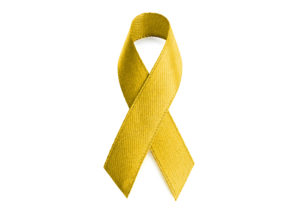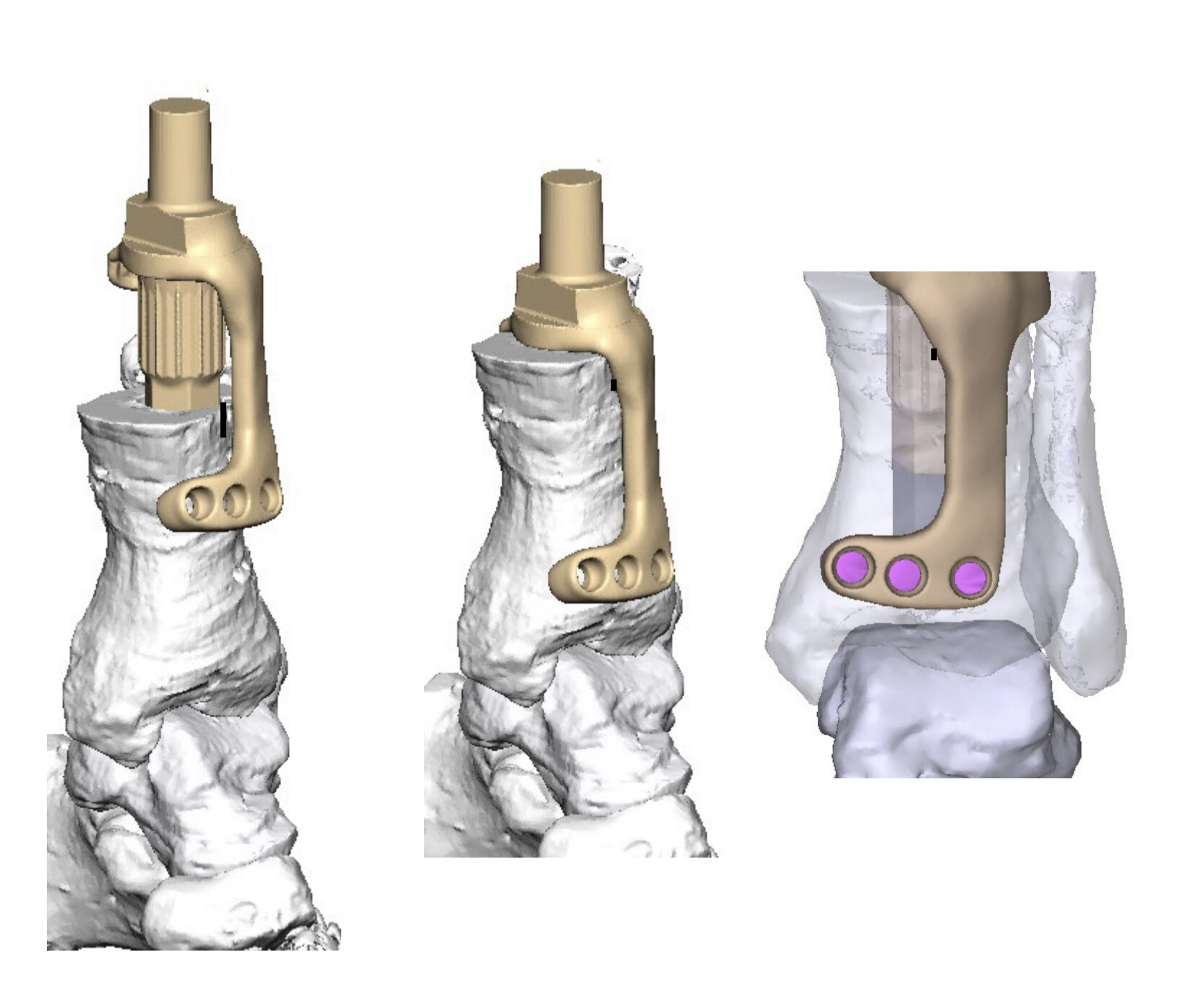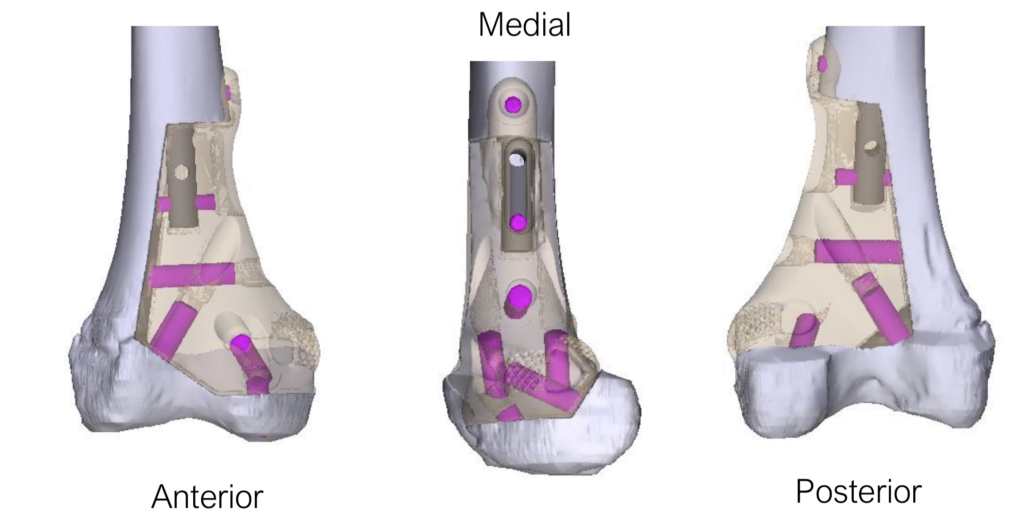
Care for patients with sarcoma continues to advance. On the medical front, there is increased interest in developing drugs for patients with musculoskeletal tumors. In 2019, pexidartinib was approved by the FDA for treatment of patients with tenosynovial giant cell tumor. This is a benign tumor that affects joints but, in some cases, can cause significant pain and joint damage. This was the first drug approved for this uncommon disease and provides hope for patients who have failed surgical treatment.
While there are no new “standard” chemotherapy options for patients with advanced soft tissue and bone sarcomas, we are finding that targeted therapies used in other cancers can be effective in selected patients. More drug trials are opening for patients with advanced sarcoma, many of which are available through Virginia Cancer Specialists and through our research partner NEXT Virginia. A small example of the promise of novel drugs is a recent study, not yet published, where 84 patients with sarcomas underwent comprehensive genomic profiling (CGP). In nearly half (38/84), actionable gene mutations were found, for which domestic clinical trials were available in 27 cases.
Radiation therapy is part of the standard of care for patients with soft tissue sarcomas. The radiation oncology team at the Virginia Cancer Specialists Sarcoma Center has extensive experience in planning and delivering both preoperative and postoperative treatment for patients with sarcomas. Radiation therapy is given in brief daily doses with the side effects mostly limited to the area being treated. The standard course of therapy is usually five to six weeks; however, shortened treatment times are possible for certain histologies.
On the surgical front, the routine use of 3D printing continues to expand reconstructive options following bone sarcoma resections. Some of the geometries that can be 3D printed would not have been feasible with traditional manufacturing methods. The implants often allow us to match irregularly shaped missing bone in both big and small bones, some examples are shown here. In addition to novel implants, we also now have available custom 3D printed “cutting guides” that allow us to make precise bone cuts based on MRI and CT imaging. This is an exciting time for our dedicated Virginia Cancer Specialists sarcoma team and we hope that this brief summary gives you some ideas why.
A.

B.

Captions:
- Custom 3D printed implant for patient with very small remaining segment of tibia above ankle joint
- Custom 3D printed femur implant for bone sarcoma allowing preservation of knee joint










